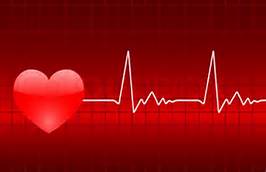AF Antiarrhythmic Drug Therapy Linked to Syncope and Pacemaker Implantation
A Korean population-based study suggests an association between antiarrhythmic drugs (AADs) and risk of pacemaker implantation or syncope in patients of new-onset atrial fibrillation (AF). A total of 770,977 new-onset AF cases were identified from 2013 to 2019 and 142,141 patients were prescribed AADs within 1 year of AF diagnosis. […]
